From Plate to Palette: The Colors of Nutrition in Food Images
Introduction
In recent years, the exploration of food has transcended beyond mere nourishment; it has evolved into a vibrant amalgamation of art, culture, and science. The interplay of colors in food not only captivates the eye but also provides significant insights into nutritional value. This article delves into the nuances of how color shapes our perception of food and its health implications, all while weaving through the cultural context and the science behind our color perceptions.
The Psychology of Color in Food
The Influence of Color on Appetite
Color plays a crucial role in stimulating appetite. Research indicates that certain colors can evoke emotional responses that may influence our eating habits. For instance, red tends to increase heart rates and stimulates appetite, making it a common choice in restaurant decor[^1]. On the other hand, blue may suppress appetite, which is why it’s rarely used in food marketing.
Consuming food that is visually appealing can evoke positive feelings and enhance our eating experience. A colorful plate not only looks appealing but also indicates a variety of nutrients, suggesting a balanced diet. This “rainbow” effect, where a mix of colors represents different food groups, is an intuitive way to achieve nutritional diversity.
Colors and Cultural Significance
Colors are steeped in cultural meanings, which can vary significantly across different societies. For example, white rice is a staple in many Asian cultures, symbolizing purity and simplicity[^2]. In contrast, in some African cultures, the color green often signifies fertility and health, reflected in the consumption of vibrant vegetables.
These cultural significances shape our understanding of food values and choices. Additionally, the symbolic meanings of colors can impact purchasing decisions and food presentation, influencing how we curate meals and visually express our culinary experiences.
Nutritional Implications of Color
Red – The Color of Energy
Foods that are red, such as tomatoes, red peppers, and strawberries, are often rich in antioxidants, particularly lycopene and vitamin C. Lycopene has been associated with reduced risks of certain types of cancer, particularly prostate cancer[^3]. This color draws attention on our plates, which could subliminally encourage healthier choices.
Moreover, red foods are often linked to energy and vitality, aligning with their nutritional benefits. As a result, incorporating red foods into our diets can not only enhance visual appeal but also provide essential nutrients.
Orange – The Vitality Hue
Orange foods like carrots, sweet potatoes, and oranges are abundant in beta-carotene, which is converted into vitamin A in the body. This vitamin is crucial for maintaining vision, skin health, and boosting the immune system[^4]. The vibrant color of orange is both uplifting and energizing, encouraging consumption, particularly among children who may be more responsive to colorful food.
Yellow – The Cheerful Nutrient
Much like orange, yellow foods such as corn, bananas, and bell peppers are often rich in vitamins. Yellow foods can provide a plethora of nutrients, including potassium and various antioxidants. The brightness of yellow can evoke feelings of happiness and warmth, making food more appetizing. The influence of yellow on appetite encourages consumption, suggesting a need for balance in our plates[^5].
Green – The Nutrient Powerhouse
Green foods, including leafy vegetables, peas, and kiwis, are often crammed with nutrients. They are typically high in dietary fibers, vitamins, and minerals. The presence of chlorophyll is indicative of their health benefits, including detoxifying effects and promoting heart health[^6]. Green foods symbolize freshness and health, often serving as a visual cue for dietary balance.
Many health campaigns advocate the consumption of “leafy greens” for their powerhouse of benefits. Creating visually appealing meals centered around green foods can promote better eating habits, particularly among children who often gravitate towards colorful plates.
Blue and Purple – The Antioxidant Champions
Foods that are blue or purple, such as blueberries, eggplants, and purple grapes, are often rich in anthocyanins, a type of antioxidant that contributes to heart health and improved cognitive function[^7]. Despite their health benefits, these colors can be less visually appealing in some contexts, which presents a challenge for food marketers and home cooks alike.
In culinary settings, effectively showcasing blue and purple foods can help in creating a well-rounded meal while highlighting their nutritional benefits. Presenting food in various textures and shapes while emphasizing the deep hues can draw attention to their importance on our plates.
Visual Appeal and Presentation
Artistic Arrangement
Food presentation is a form of artistry that elevates the dining experience. The skillful arrangement of colors on a plate can transform a simple meal into a feast for the eyes. Techniques such as layering, garnishing, and utilizing contrasting colors can enhance visual appeal and stimulate the senses^[8].
Consider the classic method of plating: a colorful bed of greens topped with vibrant roasted vegetables and a protein source can create a grabbing contrast. This not only looks inviting but also signifies a well-rounded meal rich in various nutrients.
The Role of Food Photography
In the age of social media, food photography has become a pivotal element in culinary communication. The colors of food take center stage across platforms, allowing consumers to explore culinary experiences visually. Photographers often enhance colors through editing techniques, making dishes look more enticing. This visual representation can significantly influence food choices^[9].
Culinary influencers frequently emphasize the importance of highlighting colors in food images to attract viewers. Bright, saturated colors create an inviting atmosphere that encourages engagement and curiosity. Yet, these manipulations can lead to unrealistic expectations regarding nutrition and appearance.
Colorful Diets: The Benefits of Eating the Rainbow
The Impact of Variety
The phrase “eat the rainbow” has gained traction in promoting dietary diversity. Consuming a variety of colorful fruits and vegetables ensures an array of vitamins, minerals, and phytonutrients[^10]. Each color corresponds with specific health benefits, placing emphasis on the need for a diverse dietary intake.
A diet rich in colors promotes not only nutritional depth but also visual satisfaction. For example, a fresh salad consisting of red tomatoes, orange carrots, yellow bell peppers, green leafy ingredients, and purple cabbage doesn’t just look appealing; it’s packed with vitamins and minerals essential for overall health and well-being.
The Challenge of Modern Diets
Despite the benefits of consuming colored foods, modern diets often skew toward processed and monochromatic options. Fast foods, which tend to be beige or brown, lack the vibrant hues that indicate nutritional richness[^11]. This trend poses a challenge for health advocates aiming to inspire healthier eating habits.
Creating awareness around the benefits of colorful foods can motivate individuals to incorporate more plant-based options into their diets. Public health initiatives often emphasize the importance of cooking at home and enjoying seasonal produce, which is typically more vibrant and nutritious[^12].
Practical Tips for a Colorful Plate
-
Incorporate Variety: Aim for a colorful plate at every meal. Include fruits and vegetables from all colors in the spectrum to maximize nutrient intake.
-
Experiment with Cooking Techniques: Roast, grill, or steam vegetables to enhance their natural colors and flavors. Each cooking method can alter texture and visual appeal, revitalizing traditional meals.
-
Utilize Garnishes: Fresh herbs, edible flowers, and vibrant sauces can enhance both the look and flavor of dishes. They serve as final touches that emphasize colors.
-
Make it Fun for Kids: Engage children in creating colorful dishes. Foods that are labeled as “fun” or presented attractively encourage kids to try healthier options.
-
Colorful Smoothies: Smoothies are an excellent way to combine various fruits and vegetables, showcasing their vibrant colors. Layering in transparent glasses adds visual appeal.
Conclusion
The colors in our food carry profound implications for our health and our experiences with food. From psychological influences that stimulate appetite to cultural meanings that shape our perceptions, colors are an essential facet of our dietary choices. Embracing a rainbow of foods not only ensures a balanced diet but also enhances the sensory pleasure of eating.
As we navigate an increasingly fast-paced world, it is essential to remember the significance of colorful, nutrient-rich foods. By thoughtfully curating our plates and emphasizing the visual appeal of our meals, we can foster healthier eating habits and celebrate the artistry inherent in nutrition. In the end, the journey from plate to palette is as much about nourishment as it is about the joy of color and creativity.















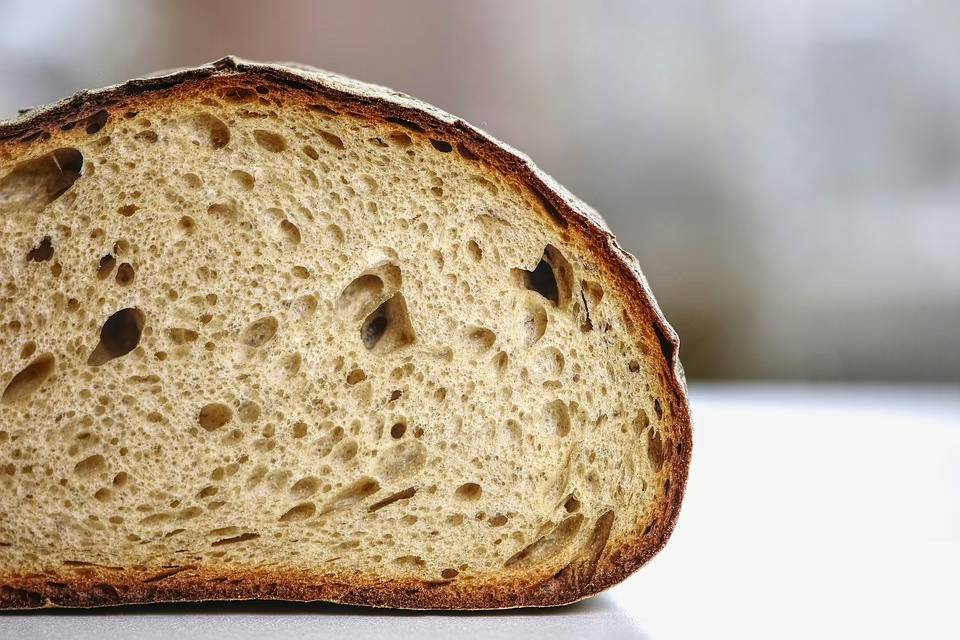
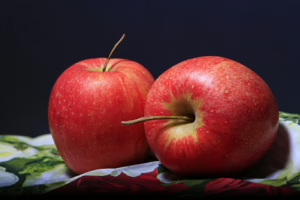
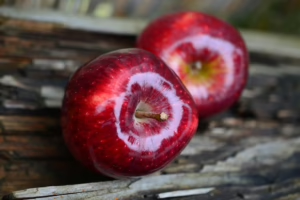
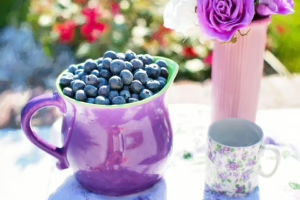
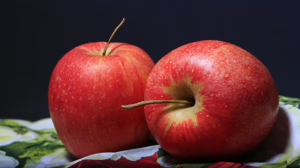
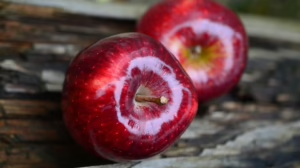
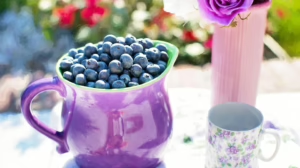




Add Comment